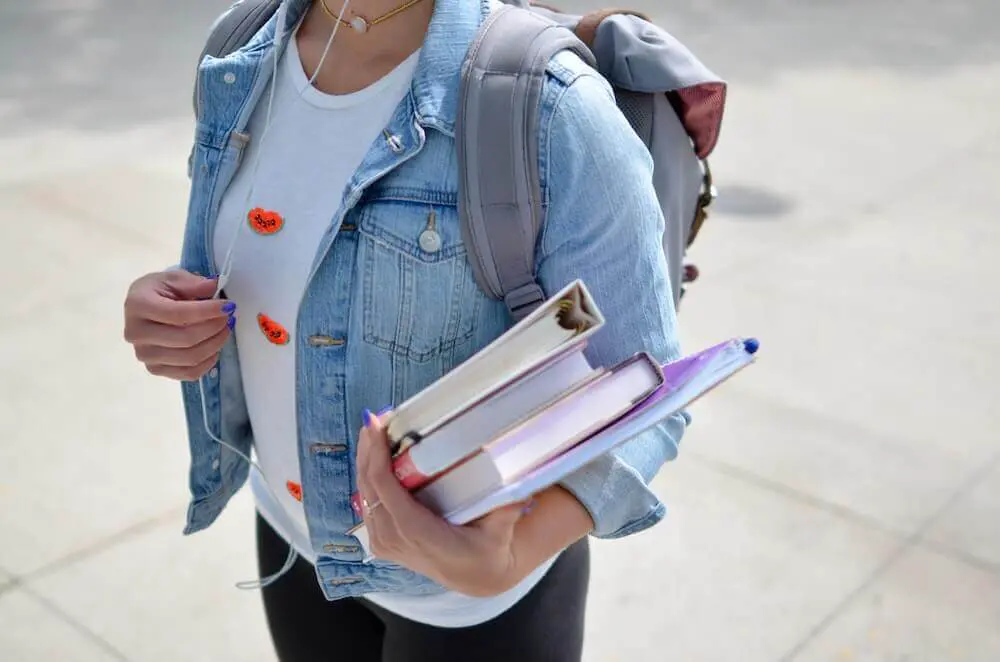Wellness Plan
Over the last couple of weeks most Canadian children have been in the process of transitioning back to school ...and for most parents, that was one heck of a long, hard, March break!
The reality of your children returning to school is likely marked with a mixed set of emotions for both yourself and your children. Some emotions may be positive, others not so much: there may be relief that they will be returning to a more structured learning environment and spending more time with friends and peers; there may also be feelings of concern for their health, safety, and overall learning goals given the challenges teachers are sure to come up against.
Having a rough plan to address the stressors associated with “back to school in the new normal” can give you both a sense of direction and relief, and also provide your children with reassurance that their parents can give them some structure even in worrisome or uncertain circumstances.
Here are 4 tips to help you structure your back to school wellness plan:
Communication
Some of the most important things we learn throughout childhood are the skills that help us process and regulate emotions. These skills include coping tools and strategies for communicating our emotions and needs to those around us. With their brains, bodies, and the world around them changing so rapidly, it is important that kids get regular opportunities to express what they might be going through at school. This means checking in with them to see how they are feeling. You might find ‘how was school today?’ doesn’t cut it anymore. Instead, try asking something like, ‘how are you feeling about being back in school?’ and follow it up with, ‘what’s the best part so far?’ , ‘what’s the worst?’ , ‘do you think any of your friends are worried about getting sick or about school closing up again?’ , ‘what about you?’.
Empathy & Openness
Regardless of what your children are going through during their transition back to school, providing space for them to share their feelings and validating those feelings will go a long way in helping them feel more secure and stable. When they tell you about a worry or a negative experience, try using language which reflects whatever it is that they are telling you: ‘It sounds like you’re worried about…’ , ‘It must be really hard to feel like…’. This can help foster an environment that normalizes hard feelings and thoughts while in the midst of very abnormal situations. This can make a big difference for kids.
Be Creative
Children returning to school this fall are likely to find not being able to be physically close with their peers quite difficult given how long it's been since they’ve been around each other. Given that play is widely recognized for its key role in child development, taking time with your children to think of some other ways to bond and share with their friends can give them something to look forward to, and can help keep play an important part of their time at school. Activities like ‘COVID tag’ (tagging each other’s shadows) and scavenger hunts (where the hunted item changes each time it is found and is only touched by the child hiding it), are examples of activities that kids can safely take part in while still having fun. Carving out some time at home to help your child come up with fun activities for school can provide some bonding time between you and your children, as well as them and their peers. Try typing “safe distance recess activities” into Pinterest and you’re sure to come up with some winners!
Your Own Self-Care
Finally, one of the most important factors in your children’s back to school wellness is … your wellness. As a parent, you know by now that your kids will pick up and share a great deal of your emotions. Many parents are feeling anxious about their kids returning to school and with case numbers on the rise, about the possibility of another shutdown. Working through your own stressors and making your self-care a priority will go a long way in showing your children what it means to be resilient. It will give them the reassurance they are likely needing at this time. Whatever self-care and de-stressing look like for you--regular exercise, meditation, cooking, reading, time with friends/family, or any combination of them all--being intentional and specific with what, when, and how you take time for yourself each day will help you feel confident in you and your children’s ability to navigate anything that comes your way.
Hopefully, you find these tips useful in creating a back to school wellness plan for your kids. This will be a school year that your children remember for years to come. With the right intentions and resources, you will be able to ensure that it’s marked by positive experiences at school and at home.
This article was written by Seth Chisholm during their time at Shift Collab.














.gif)







![Why You Need to Unfollow [@YourEx]](https://cdn.prod.website-files.com/625ec823c07cd8de32e1bae2/684af2346eb36cf47933e7ab_20240206T0910-707e5b7e-9802-42a3-8070-ba67b8dc33fd.webp)






![Summer Lovin' [not] Havin' a Blast](https://cdn.prod.website-files.com/625ec823c07cd8de32e1bae2/684af26ed2b68f821b628848_20240206T0910-fd1563e4-34d1-49e6-af59-9b95c717196a.webp)













































































